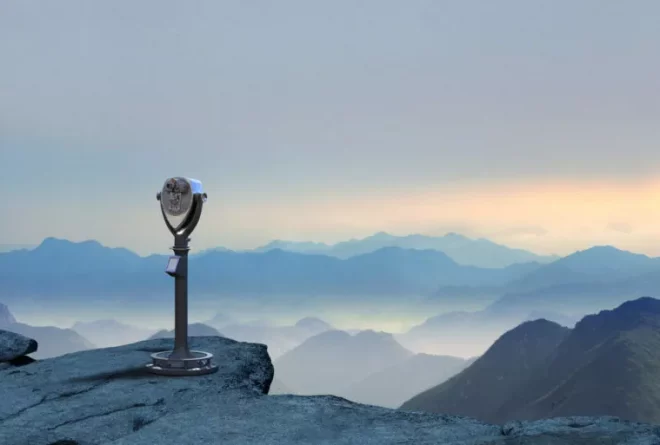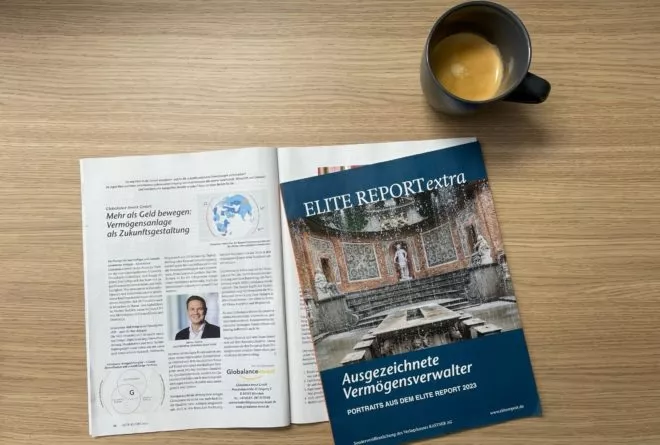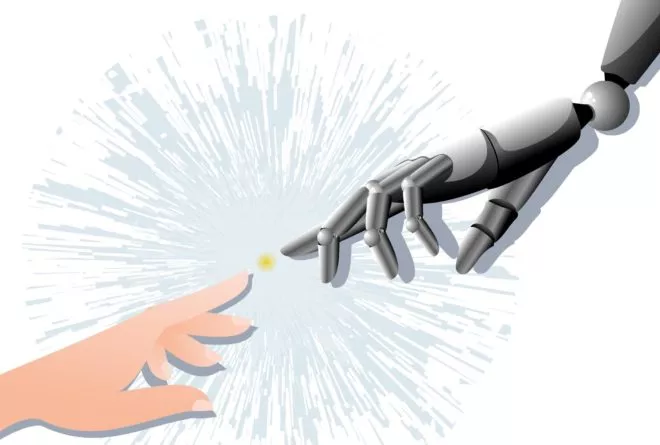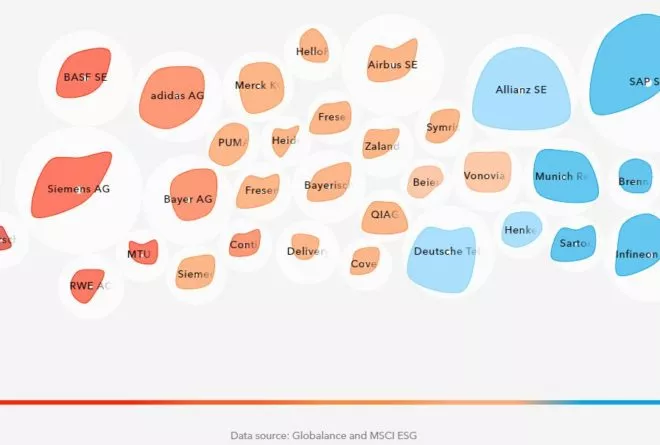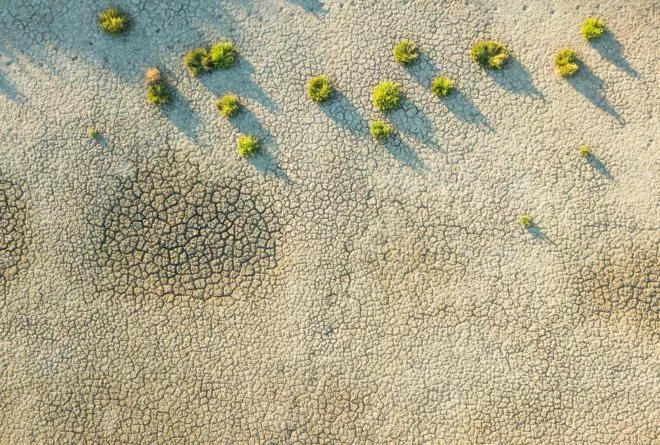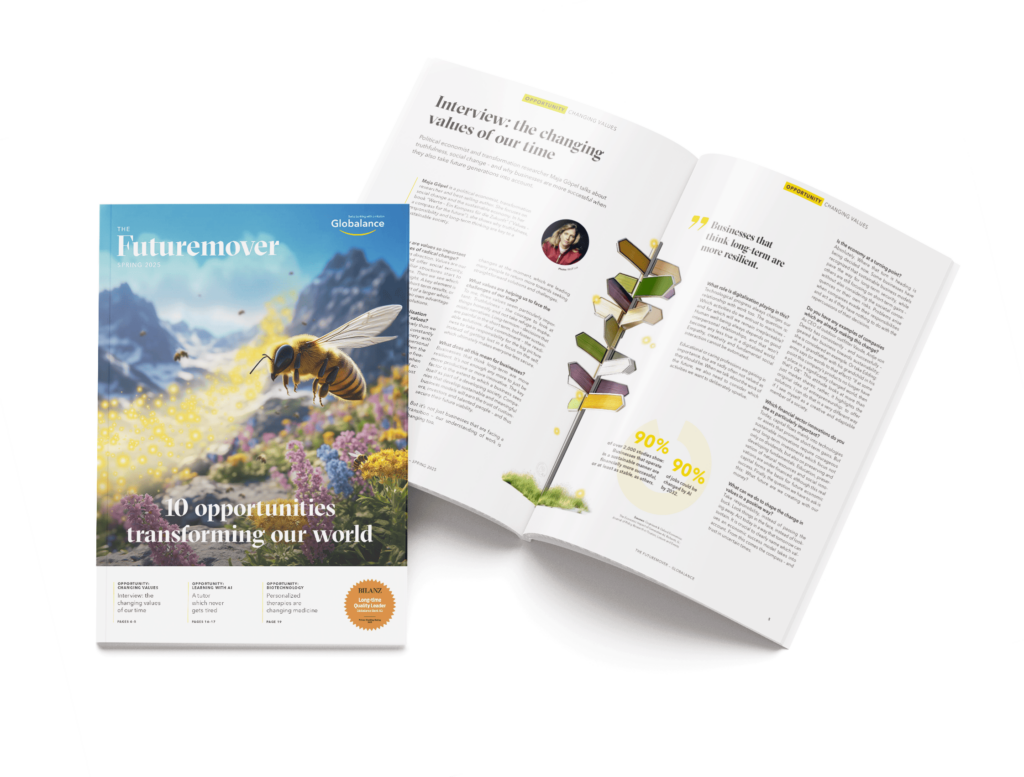News & Trends
Forests – Versatile and Valuable
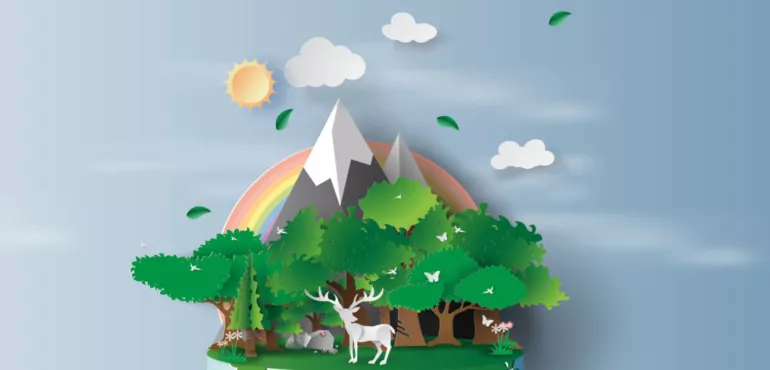
WHY WE SHOULD PROTECT OUR GREEN LUNGS BETTER – Habitat, recreational area, source of energy, climate protector. The forest is so many things and so much more. We know just how precious it is, yet it is continuously being destroyed. There are reasons to paint a bleak picture, but there are also enough “rays of hope“.
The myth of the forest is created already in our childhood – after all, we all listened to the well-known fairy tales once upon a time. We should still regularly succumb to its magical allure today. As walks in the forest reduce symptoms of stress, strengthen the immune system and support mental health.
But what is the measurable economic value of the tree-covered ecosystem that occupies about 30 percent of the world’s land? What was long considered almost impossible to estimate has now been calculated for the first time by economists from the Boston Consulting Group – USD 150 trillion. For comparison: the GDP of the USA reached a value of around USD 22.99 billion in 2021. But this is not the only reason why we should look after the planet’s green lungs.
Green Gabon – Forest Conservation as a Business Model?
More than half of the global forest area is located in the territories of just five countries: Russia, Brazil, Canada, USA and China. On the other hand, it is the smaller countries that have the highest forest density. The leader is the South American country of Suriname with a forest area of 97.6 percent. But Guyana, Micronesia, the Solomon Islands or Gabon also shimmer strikingly green from a bird’s eye view. It is Gabon in Africa though that is making a real name for itself in this respect and is the model country in terms of forest conservation for many people.
Besides purifying water and safeguarding natural biodiversity, forests store vast amounts of carbon dioxide. This is precisely why Gabon is one of the few countries that manages to absorb more CO2 than it emits. To ensure that this remains the case, the Central African country is establishing countless national parks and keeping deforestation to a minimum. A maximum of just two trees may be felled per year and hectare. Even if critics suspect that the deforestation statistics are embellished, satellite images show that Gabon is losing significantly less forest, at 0.1 percent per year.
In the short term, the timber industry would be more lucrative for Gabon, so the country wants support for its “green strategy“. Whether it will even be allowed to offer “carbon credits“ to companies with a large footprint in future is still unclear. What is certain though, is that developing countries have recently been promised USD 12 billion for forest conservation. Because at the 2021 World Climate Conference, more than 100 countries declared they would stop the loss of forest areas by 2030.
Walks in the forest reduce symptomes of stress, strengthen the immune system and support mental health.
A “New Guardian” for the Forest?
On average, 13 million hectares of forest disappear every year due to deforestation. Healthy forests usually have to make way for agriculture – clearings for arable land, pastureland and plantations. Forests are also destroyed for mineral resources such as iron, aluminium, gold, and the like. Illegal logging also poses a great threat to forest conservation.
At the Living Planet Symposium in Bonn, ETH Zurich presented a new measurement method that could serve as a monitoring tool for this in the future. The height of the treetops can now also be measured by combining satellite images and digital maps. Five percent of the earth’s surface is covered with trees taller than 30 metres. These are extremely important for biodiversity, play a key role in feeding young seedlings and store an extremely large amount of biomass, making these “giant trees”, as they are known, particularly worthy of protection. The technology on its own may not be able to serve as a protective shield, but it can certainly be a vigilant eye on developments.
Indigenous People Protect Their Rainforest Using Their Mobile Phones
Indigenous people could also play a crucial role in the fight against deforestation. If indigenous communities in Latin America have documented land rights, significantly less land is deforested in those areas. Furthermore, the area of intact forests in indigenous regions in the Amazon Basin only decreased by 4.9 percent between 2000 and 2016, compared to an 11.2 percent decrease in the forest area in other regions. This is the result of a study by the Food and Agriculture Organization of the United Nations (FAO) and the Fund for the Development of Indigenous Peoples of Latin America and the Caribbean (Filac). The authors of this study are therefore demanding that indigenous people’s land rights be respected and reinforced. The FAO sees this as a cost-effective strategy in the fight against deforestation. Meanwhile, indigenous people are surveying their own territories using their mobile phones. They are being taught how to use the GPS technology by FAO technicians. This gives them the assurance that no land is being “stolen“. Using photographs of trees, rocks, and streams as well as markings on digital maps, they create cadastral surveys that make it easier to assert territorial claims.
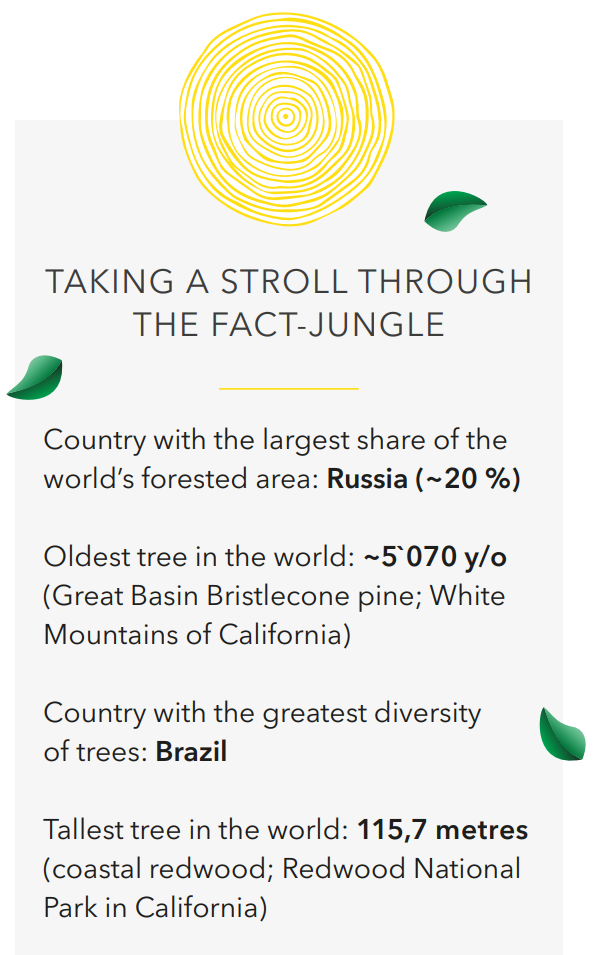
For more insights on megatrends, please find the latest edition of our magazine ‚futuremoverʻ.
